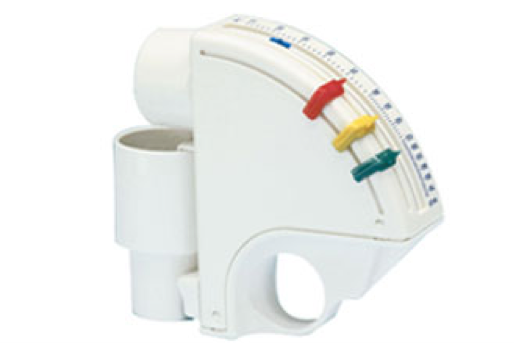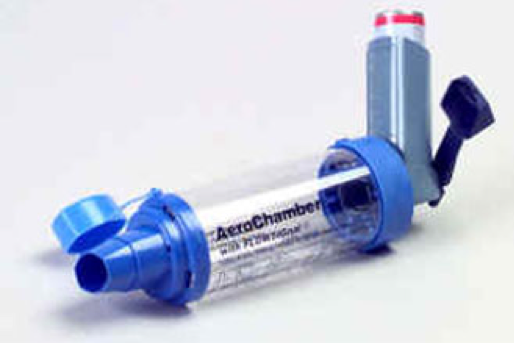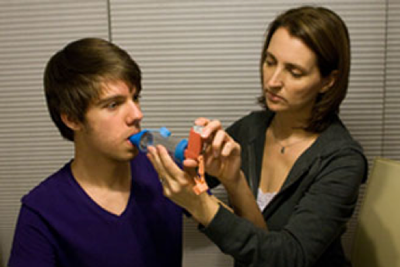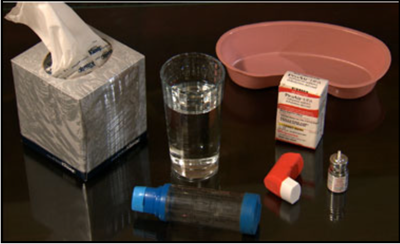
Often a person’s doctor will have him or her use a peak flow meter to decide how well their asthma is under control. A peak flow meter measures how fast air comes out of the lungs when a person breathes out forcefully. This measure is called “peak expiratory flow” or PEF. It is important for a person to know what their PEF is when they are able to breathe relatively normally.
A person’s PEF might drop hours or even days before asthma problems occur. Regular use of a peak flow meter helps a person recognize early changes that might be signs of worsening asthma. When problems arise and the PEF changes, the person can adjust their medicine (under doctor directions) or take other steps before their symptoms get worse. The National Heart, Lung, and Blood Institute (NHLBI) recommends measuring the PEF during the following times:
The doctor or home health nurse will explain how to know if a person’s asthma is controlled.
Usually they use a system of asthma zones: Green, Yellow and Red.
The asthma is well controlled. The PEF is 80 to 100 percent of the person’s personal best. Example – if a person’s personal best is 420, the Green Zone is 336 to 420.
Asthma is flaring up or poorly controlled. PEF is 50 to 80 percent of a person’s personal best. Example – if a person’s personal best is 420, the Yellow Zone is 210 to 336.
Asthma is severe. Need emergency care. The PEF is less than 50 percent of a person’s personal best. Example – if a person’s personal best is 420, the Red Zone is less than 210.
Help the person keep a daily record of their PEF measurements and report them when they visit their doctor.
If a person is in a Yellow Zone – he or she needs to adjust medicines according to doctor’s instructions.
If the person is in a Red Zone – call their doctor immediately.

Spacer attached to an inhaler
When to Use a Spacer
A person with poor hand-breath coordination benefits from using a spacer.
A spacer traps medicine released from an MDI and suspends it in the spacer until the person breathes in. A regular MDI fits easily into the end of a spacer.
When breathing with a spacer, less medicine deposits on the back of the person’s throat and more reaches the lung’s airways.
Some spacers have a one-way valve that activates when a person breathes, which removes the need for good hand-breath coordination.
A person who uses an inhaler needs to know how to count doses if their device does not have an automatic counter. Failure to do so might result in the person using an empty inhaler when they are having a sudden breathing problem.
To track doses:

As a caregiver, your job is to be sure the person is taking an inhaled medicine as prescribed. Sometimes a person will either take too much or too little medicine.
Here are common problems you should watch for:
Usually a person with asthma will have early warning signs of an asthma attack. Increased wheezing, coughing and tightness of the chest for example, alerts a person to the need to take a dose of their quick-relief medicine by inhaler.
Learn how to use inhalers safely and correctly.
Using a Metered Dose Inhaler 07:36
Using a Dry Powdered Inhaler 03:31
Using a Peak Flow Meter 02:24
